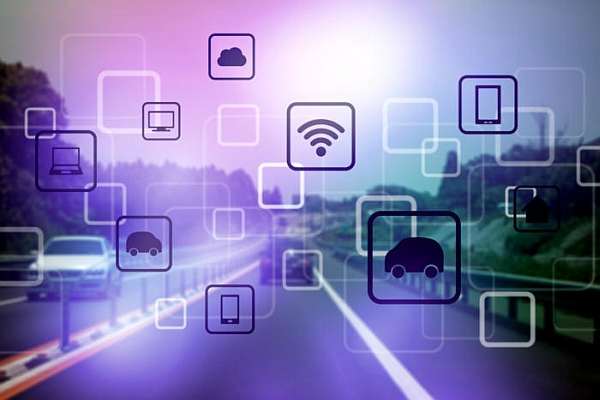Published on the 09/11/2018 | Written by Heather Wright

A/NZ companies step up to the edge as IoT takes hold…
Local manufacturers and government agencies are among the potential early adopters already eyeing up edge computing as a way harness data at the edge.
The emerging technology aims to provide low latency through processing closer to the source of data collection. The new breed of edge computing offerings, with companies including Amazon, Google, Huawei and ARM all investing in edge computing chips and devices, enable collection and analysis at the point of origin.
Habib Baluwala, lead data scientist at ZAG (previously Soltius), says while it’s still very much an emerging concept, both manufacturing and government organisations are already looking towards the technology.
“The demand for more real-time interaction between things, people and data will necessitate the growth of edge computing.”
He cites the example of manufacturing companies wanting to use visual intelligence applications but being stymied by issues such as not having internet connectivity on the factory floor, or having internet no-go areas, or concerns about data leaving the company.
“Imagine you have thousands of products passing through a conveyor belt per minute in an assembly line and suddenly one of the products falls flat and endangers damaging the machine.
“An image recognition system could identify the situation and stop the production line to prevent extensive damage to the machinery. It can also communicate the other machines in the operations regarding the failure and pause the production to prevent overflow,” he says.
“But how do you use these smart models there without internet connections?
“For government it is more using these resources in remote areas,” he adds.
“An area where edge computing can shine is in remote monitoring. For locations without proper internet connectivity or even absence of cellular signals, edge computing can provide onsite computing resources at a cheap rate.
“If I have a smart intelligent device trying to detect pests in forest, that can help me to better look at targeted approach to best pesticides.”
Baluwala says edge computing can help address issues of latency and data privacy, as well as the cost of ingesting, storing and processing data in the cloud.
“The need is most based upon requirement where many institutions start to realise that they cannot use the cloud for all their decisions, they need to make some on the ground, and need some device that can do that without accessing the cloud every time. That’s where edge comes into play.”
Gartner, which had edge as one of its top 10 predictions to 2018, says IoT is drastically increasing the amount of data produced at the edge – it’s predicting come 2022 the majority of enterprise data will be produced and processed outside of data centres, with it ‘conceivable’ that will grow to 75 percent or even 90 percent by 2025.
“Much of this data will be low value per byte – or only valuable for a very short amount of time, or only valuable locally… or for the immediate analysis done on a stream of similar data,” Gartner says.
“Some of this data will be maintained or archived, but quite a bit of it will be used and discarded – at the edge.
“The laws of physics, data gravity, pragmatic limitations in bandwidth availability, the necessity to operate even when a connection isn’t available, and the growth of highly intimate and regulated data storage and processing will require a change to today’s cloud computing paradigm,” Gartner says in an August report, How Edge Computing Redefines Infrastructure.
“The demand for more real-time interaction between things, people and data will necessitate the growth of edge computing [which] will enable front-end agility and expanded business opportunities…”
Meanwhile, IDC this month forecast that by 2022 more than 30 percent of Asia Pacific organisations’ cloud deployments will include edge computing, and 25 percent of endpoint devices and systems will execute AI algorithms, creating the ‘AI-driven edge’.
But while Baluwala is seeing early interest from manufacturing and government, he admits that for many Australian and New Zealand companies, edge may be a step too far at this point.
“Many companies are still traditional and in the process of moving toward the cloud, so edge computing is a comparatively new concept for them.
“But it will make a big impact in the long run when more and more people start realising that edge devices perform better in terms of speed, reduced latency, and it becomes cheaper as well – then it will gain adoption.”



























